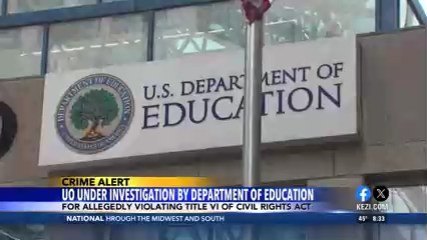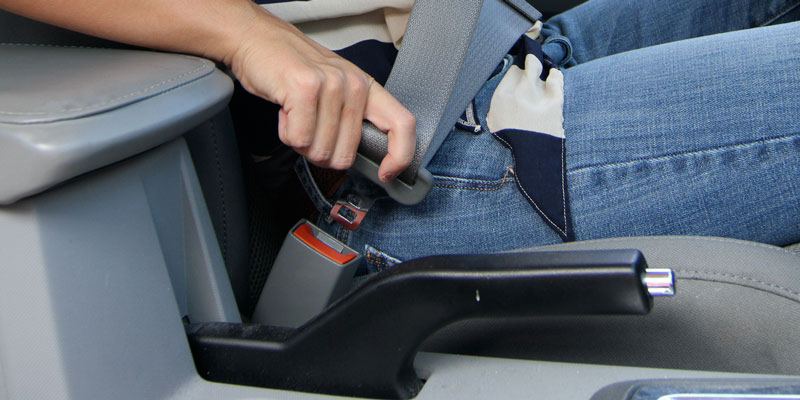
BIRMINGHAM, Ala. — Alabama has just received its first “infrastructure report card,” revealing that every driver in the state is paying an additional $300 per year in vehicle maintenance and repair costs because of potholes. Additionally, while the state’s infrastructure did not receive an overall failing grade, its inability to pass with flying colors could be a concerning indicator regarding the state’s longterm economic health.
The American Society of Civil Engineers (ASCE) issued the 2015 Report Card for Alabama’s Infrastructure last week, giving state leaders a non-political assessment of Alabama’s roads, bridges, ports, railroads, airports and more.
The good news — at least relative to some other states — is that Alabama received an overall grade of C-, barely sliding into the “mediocre: requires attention” category, but almost falling into the “poor: at risk” classification.
The bad news, according to the engineers’ report, is that “Alabama’s infrastructure has some challenges that you should know about before it’s too late to keep these systems from breaking down.”
Alabama’s energy sector leads the way on the report, receiving an overall grade of “B.”
“Alabama’s energy infrastructure relies heavily on electricity and pipeline systems, which have historically shown good resiliency and high reliability,” the report states. “With prudent planning by the energy sector, and appropriate oversight of the regulatory agencies, the state of Alabama has continued to demonstrate its capability to meet the energy needs of its population and businesses. However, the effects of the ever-increasing environmental regulations on the energy sector could lead to electric generating unit retirements which could impact the reliability of the system.”
Aviation, Ports and Rail were not far behind with a “B-” grade, followed by Drinking Water (C+), Bridges (C-), Waste & Storm Water (C-), Inland Waterways (D+), Roads (D+), Transit (D) and Dams (I).
There are numerous areas of concern, including the dams, which received an incomplete grade because only 2 percent of them are being inspected for safety. But the road score has the most significant impact on most Alabamians every day.
“Nearly half of Alabama’s interstates and state highways are in fair, poor to very poor condition,” said Shelia Montgomery-Mills, president of the Alabama Section of ASCE. “Driving on potholed and congested roads takes at least $300 out of every driver’s pocket every year. By spending a portion to fix the roads, we can put this money back in our pocket.”
Angela Till, deputy secretary of the Alabama Department of Commerce, says the implications of not fixing the state’s infrastructure are much bigger than additional out-of-pocket expenses for citizens. She and many of her colleagues — who are tasked with recruiting companies to come to the state — believe the success of their efforts in the years to come will be directly tied to Alabama’s ability to address this problem.
“Modernizing our infrastructure is crucial to maintaining Alabama’s status as one of the Top 5 business climates in the country,” she told Alabama NewsCenter. “Alabama companies depend on good infrastructure.”
The Alabama legislature is expected to debate proposals to solve the state’s growing infrastructure problems during the 2016 Legislative Session, which is set to begin in February, and local economic development groups are expressing a sense of urgency about getting something done.
“It is time to make Alabama’s aging roads and bridges a legislative priority,” said Jim Page, CEO of the West Alabama Chamber of Commerce. “Not only is proper investment in transportation infrastructure a critical public safety issue, but it is fundamental to the economic development efforts of every county in this state.”












